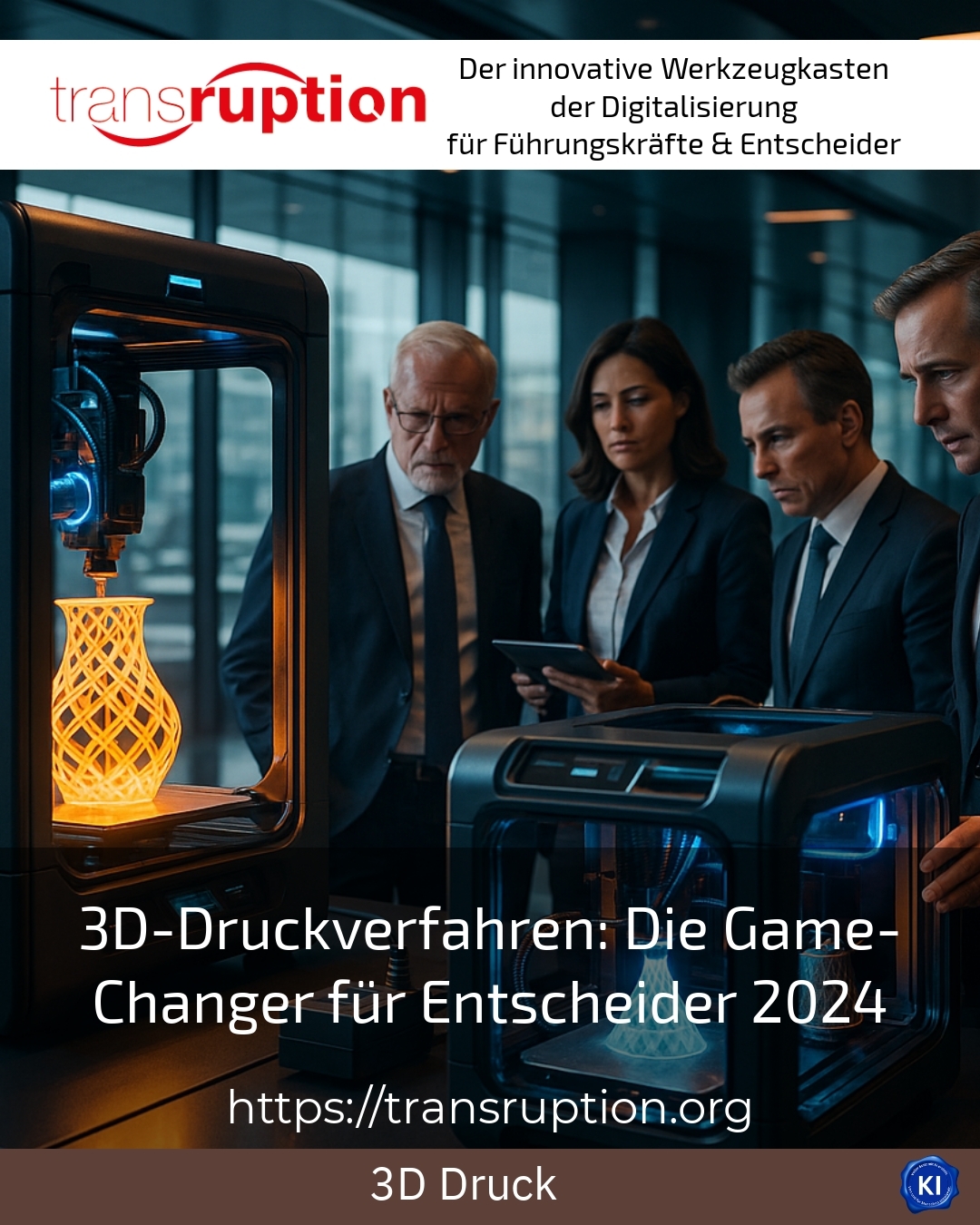The diverse possibilities of modern manufacturing technologies are becoming increasingly important for decision-makers in companies in a wide range of industries. In particular, innovative processes such as 3D printing process remarkable game changers. They open up new potential in prototype construction, series production and the customisation of products. Additive manufacturing supports agile development processes and promotes sustainable production.
3D printing process: More than just prototyping
For many companies 3D printing process are no longer just prototype technology. They enable the fast and cost-efficient production of functional components. For example, the automotive industry manufactures complex, lightweight components that optimise fuel consumption. Or the aerospace industry benefits from robust, weight-saving components that can only be manufactured using additive processes. Medical technology also enables customised implants and prostheses that can be perfectly adapted to the patient.
In mechanical engineering, precise tools and machine parts with geometric structures are created that would be much more complex or even impossible to manufacture using conventional methods. And in the jewellery sector, the design freedom of 3D printing processes is ushering in a new era of creative, individual products.
A practical example illustrates this: A medium-sized mechanical engineering company reduced its manufacturing costs by around 80 % by using 3D-printed housings, as conventional mould components could be dispensed with. This flexibility is a plus point for many decision-makers who want to hold their own in dynamic markets.
Innovation and efficiency thanks to modern 3D printing processes
The decisive strength of the 3D printing process lies in the freedom of design. Complex internal structures, cavities or undercuts that are technically or economically difficult with conventional manufacturing can be easily realised with additive processes. This allows for new ways of thinking and design approaches in product development. This results in functional lightweight components that reduce the CO2 footprint in the automotive industry.
In the field of manufacturing, 3D printing processes significantly accelerate time-to-market. A simulation model is printed directly, tested and modified promptly if necessary. This means that changes can be implemented without costly tools or long set-up times. For SMEs in particular, this offers the opportunity to respond quickly to customer requests and offer customised solutions.
Practical examples also show the benefits in medical technology: Selective laser sintering is used to produce custom-fit shoe insoles in small batches, which not only saves costs but also increases patient satisfaction. Such applications illustrate how diverse the use of 3D printing is and that the technology is increasingly becoming part of everyday life in many industries.
Adaptability in production - another key to success
The ability to customise products quickly and flexibly is crucial for many industries. 3D printing process offer a clear advantage over traditional processes. In the aerospace industry, spare parts can be printed directly on site, reducing storage costs and downtime. The interior design of cars also enables personalised components, such as customised control elements or accessories.
In the field of art and design, individual small series and unique pieces are increasingly being realised. Artists and designers rely on 3D technology to create complex structures or intricate objects without the use of tools. This also offers limitless design possibilities in jewellery production, which can reproduce customer wishes very precisely.
BEST PRACTICE at the customer (name hidden due to NDA contract) The mechanical engineering customer used 3D printing processes to manufacture spare parts for older systems. The rapid availability of the components significantly improved plant availability and minimised downtimes. In addition to cost savings, this also led to greater customer satisfaction.
3D printing as a companion for projects: Transruption coaching for decision-makers
Many decision-makers are faced with the challenge of choosing the right strategy and technology in the field of additive manufacturing. Transruption Coaching supports projects relating to the introduction or optimisation of 3D printing process. This form of support assists in analysing individual requirements, planning production processes and selecting suitable technologies.
In discussions, clients often report uncertainties regarding the choice of materials or the integration of 3D printing into existing production chains. This is where coaching comes in and provides impetus for creating effective, sustainable production structures. It also promotes acceptance among the workforce and helps to optimise the use of internal resources.
BEST PRACTICE at the customer (name hidden due to NDA contract) A manufacturer from the automotive supply industry was supported by Transruption Coaching during the introduction of 3D-printed prototypes. The support enabled a smooth transition from conventional processes to innovative production methods with minimal disruption to day-to-day business.
My analysis
The 3D printing process are a key driver of modern decision-making in companies in all sectors. They enable faster development cycles, greater flexibility and often more sustainable production processes. Decision-makers benefit from the wide range of possible applications - from prototype construction and small series production to customised end products. The design freedom offered by 3D printing supports innovation and competitiveness in equal measure.
The integration of specialised coaching, such as transruption coaching, helps above all to implement these technologies into existing processes in a targeted and effective manner. In dynamic markets in particular, this enables companies to improve their product development and adapt more quickly to changing customer requirements. Investing in 3D printing processes therefore often represents a sustainable competitive advantage.
Further links from the text above:
Areas of application for 3D printing - 3D-Model.com
What is 3D printing? - FKM sintering technology
Applications of 3D printing - 3druck.com
3D printing explanation and process - 3ds.com
For more information and if you have any questions, please contact Contact us or read more blog posts on the topic TRANSRUPTION here.
















